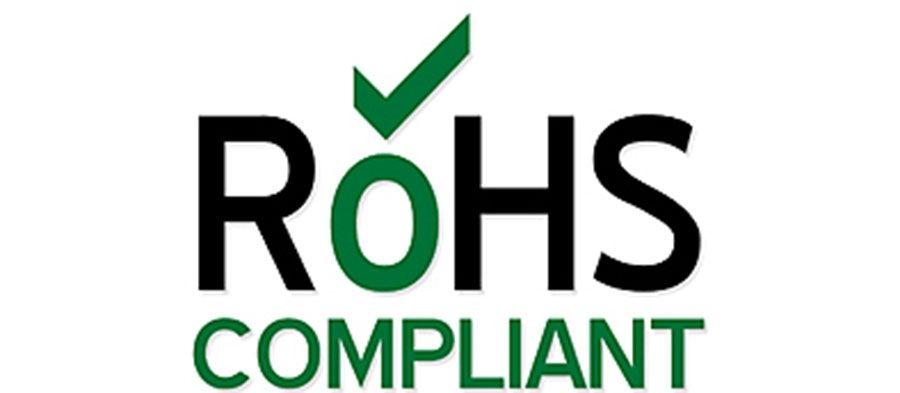Last year, RoHS 3 was announced, which expands the list of prohibited substances from six to ten by adding four new types of phthalates.
This directive has already been adopted by the EU legislature, and member states have until December 2016 to inform suppliers how they are required to meet the standards of RoHS 3. Suppliers then have until the 22nd of July 2019 to meet these provisions. The new list is as follows: Lead (0.1 %) Mercury (0.1 %) Cadmium (0.01 %) Hexavalent chromium (0.1 %) Polybrominated biphenyls (PBB) (0.1 %) Polybrominated diphenyl ethers (PBDE) (0.1 %) Bis(2-ethylhexyl) phthalate (DEHP) (0.1 %) Butyl benzyl phthalate (BBP) (0.1 %) Dibutyl phthalate (DBP) (0.1 %) Diisobutyl phthalate (DIBP) (0.1 %) The 4 new members of the party are all phthalates that are used as plasticizers, and are thankfully already banned or restricted in many parts of the world. DEHP accounts for a more than half of the plasticizer industry, for example making up 60% in the Asia Pacific market. It is also heavily prevalent in PVC, which for this reason and others is quickly becoming an unwise choice of plastics in the design of EEE. BBP is widely used in vinyl floor tiles, but can also be found in caulking and adhesives. DBP can also be used in adhesives and in inks. DIBP is used in making PMMA (commonly known as acrylic or plexiglass) plastic. Interestingly, medical devices once again have special rules: The restriction of DEHP, BBP, DBP and DIBP shall apply to medical devices, including in vitro medical devices, and monitoring and control instruments, including industrial monitoring and control instruments, from 22 July 2021.
